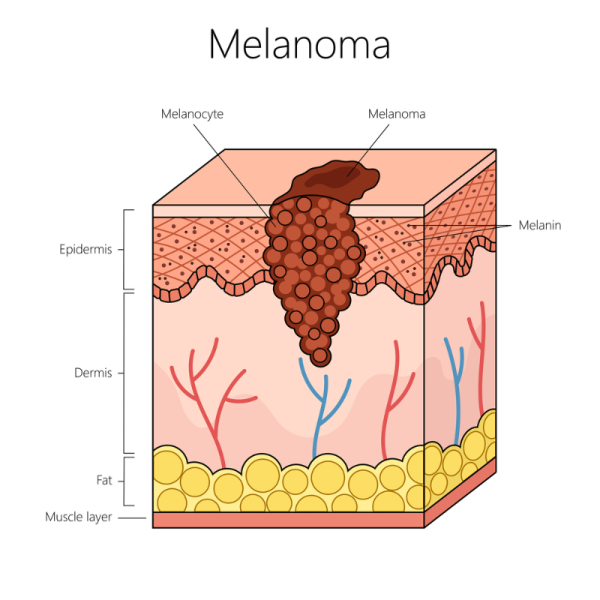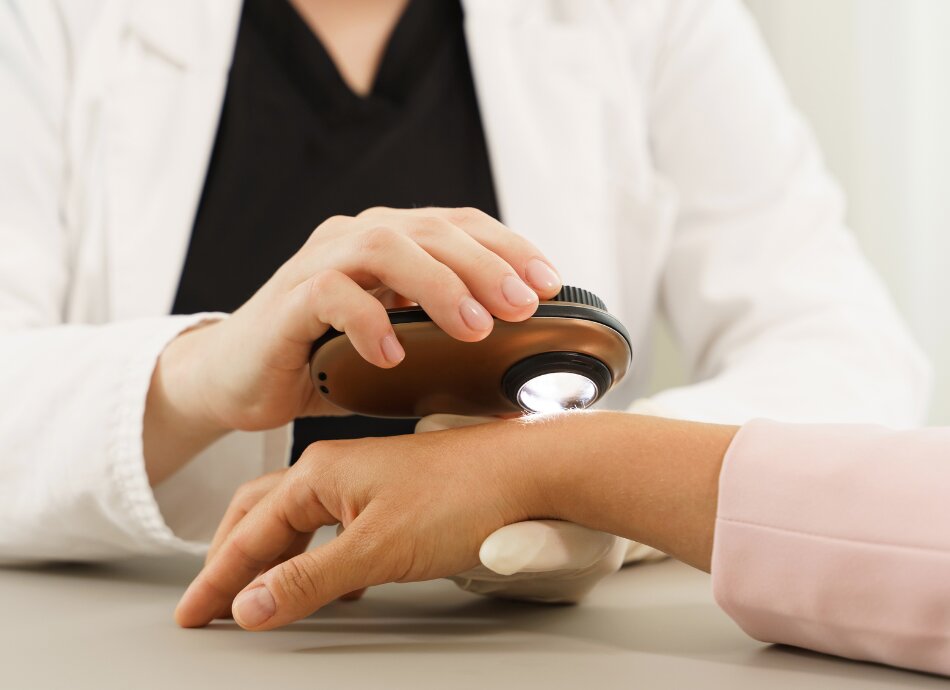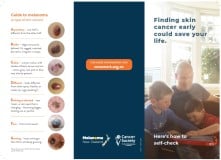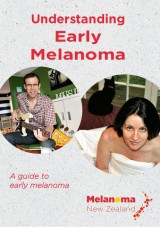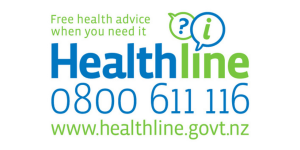If you have early stage melanoma (stage 0, 1 or 2), surgery is the most common treatment and can cure the cancer. This is usually done by wide local excision (WLE), which means cutting the melanoma out with the aim of removing all of the melanoma cancer cells. A dye may be injected at the time of the WLE to track any drainage to a lymph node.
If you have advanced melanoma that has spread to other parts of your body (stage 3 or 4), you may need a combination of surgery, medicines and radiation therapy. Medicines used to treat advanced melanoma include targeted therapies that block the action of particular molecules such as genes and proteins, and immunotherapy such as pembrolizumab (Keytruda) which boosts your own immune system.
If your melanoma has spread to your lymph nodes, these may be removed by surgery.
Follow-up
After your melanoma has been treated, you should have regular follow-up appointments so that recurrences (melanoma that comes back after it’s been treated) or new melanomas can be detected. The frequency of follow-up visits will depend on the stage of your initial (primary) melanoma.
You should also check your own skin every month to look for recurrences or further suspicious lesions.
Read more about treatment of skin cancer.
